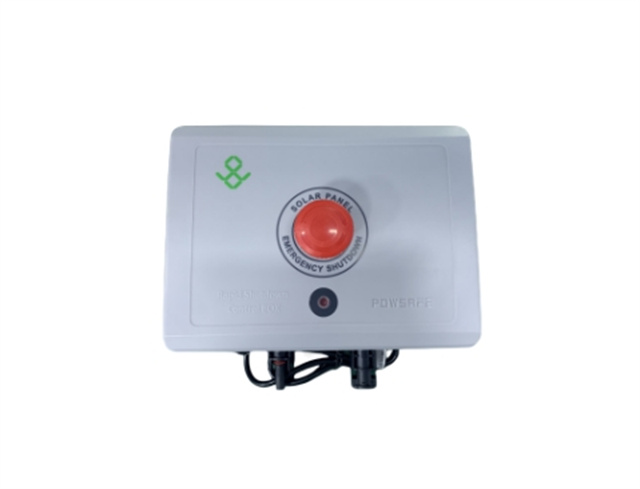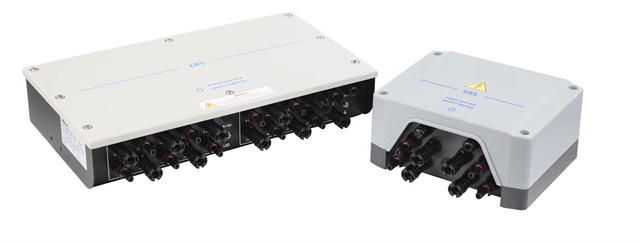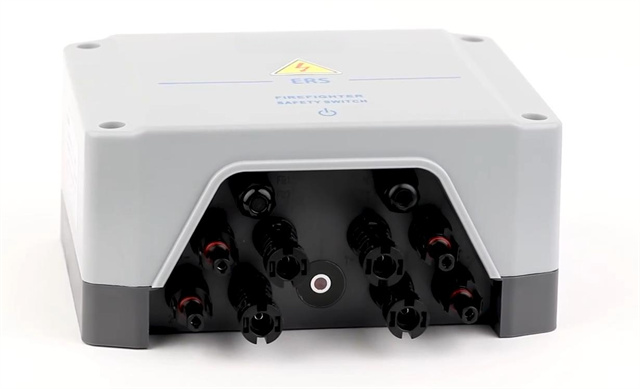Author:BLD Solar Energy SystemFROM:Solar System Converter Manufacturer TIME:2023-08-28
Solar rapid shutdown switches play a crucial role in the photovoltaic (PV) industry, ensuring the safety and efficiency of solar energy systems. In recent years, there have been significant advancements in the technical features of these switches, enhancing their performance and reliability. This article aims to unveil the key technical features of solar rapid shutdown switches, highlighting their importance in the rapidly evolving solar industry.

One of the primary technical features of solar rapid shutdown switches is their voltage and current ratings. These switches are designed to handle specific voltage levels and current flows associated with PV systems. The voltage rating determines the maximum voltage that the switch can safely handle, ensuring protection against high voltages that could pose electrical hazards. Similarly, the current rating specifies the maximum current that the switch can carry without experiencing overheating or performance issues. Manufacturers provide switches with various voltage and current ratings, allowing system designers to select the most suitable option for their specific installation.

The speed at which a solar rapid shutdown switch can isolate the PV array from the grid is a critical factor. In case of emergencies or maintenance activities, rapid disconnection of the PV system ensures the safety of personnel and prevents damage to the electrical system. Modern rapid shutdown switches are designed to disconnect the PV array within milliseconds, minimizing the risk of electric shock and the possibility of fire hazards. Faster shutdown speeds also contribute to improved system uptime, reducing potential revenue losses due to downtime.

Incorporating advanced communication protocols is another significant technical feature found in solar rapid shutdown switches. These protocols enable seamless integration with other components of the PV system, such as inverters and monitoring devices. Common communication protocols include Modbus, RS485, and Ethernet, allowing for real-time monitoring and control of the switch's status. This integration facilitates system diagnostics, remote troubleshooting, and the ability to detect and respond to potential faults or irregularities effectively.
In conclusion, the technical features of solar rapid shutdown switches have evolved significantly in recent years, ensuring the safety and reliability of PV systems. Voltage and current ratings determine the capacity of the switches to handle the specific requirements of solar installations. Rapid shutdown speed plays a crucial role in preventing electrical hazards and minimizing downtime. Additionally, the incorporation of advanced communication protocols enables seamless integration and enhances overall system performance. These technical features collectively contribute to the growth and success of the rapidly evolving solar industry.
